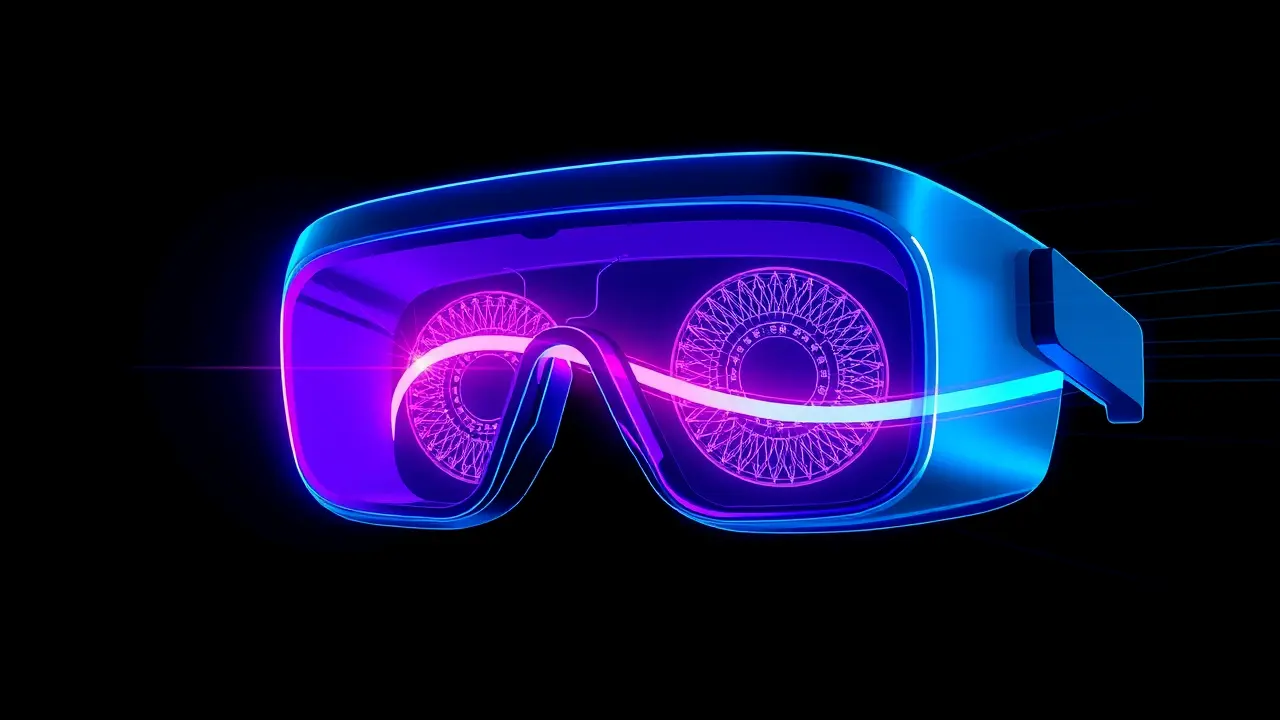
SciencemedicineMedical Technology
Can VR Goggles and Smart Glasses Harm Your Eyes?
KE
1 month ago7 min read4 comments
Your mom was wrong: Sitting too close to the TV doesn't hurt your eyes, but the conversation around modern digital eyewear like VR goggles and smart glasses is a far more complex and fascinating biological puzzle. As a science enthusiast focused on the intersection of AI and human biology, I see this not as a simple question of screen proximity, but as a next-generation challenge to our ocular hardware.The legacy myth about televisions stems from a fundamental misunderstanding of how cathode-ray tubes functioned; they emitted low levels of X-ray radiation, which prompted legitimate safety concerns in the mid-20th century, leading to public health guidelines and, subsequently, parental lore that has stubbornly outlasted the technology itself. Modern LCD, LED, and OLED screens in VR headsets and smart glasses are physically incapable of emitting such radiation, so that particular vector of harm is entirely obsolete.The real frontier of inquiry lies in how these devices manipulate our visual system in unprecedented ways. Consider Vergence-Accommodation Conflict (VAC), a core issue in current virtual reality technology.In the natural world, your eyes perform a beautifully synchronized dance: they converge (cross or uncross) to focus on an object's depth, while their lenses accommodate (change shape) to bring that object into sharp focus. Standard VR headsets present a stereoscopic 3D image on a fixed-depth screen, typically a few centimeters from your face.Your eyes are forced to converge on a virtual object that appears to be meters away, but they must simultaneously accommodate to the fixed focal plane of the physical screen. This neurological dissonance, this constant tug-of-war between two deeply hardwired biological processes, is what leads to the eye strain, headaches, and visual fatigue reported by many users after prolonged sessions—it's a direct interface problem between our ancient biology and cutting-edge simulation.This isn't merely discomfort; it's a stress test for our visual cortex. Researchers at Stanford's Computational Imaging Lab and other institutions are pioneering varifocal and light-field displays that dynamically adjust the focal plane to match the virtual distance, effectively tricking the eye's accommodation system into behaving naturally.This is the kind of biotechnical innovation that will define the next era of human-computer interaction. Then there's the issue of blue light.While the panic over blue light causing permanent retinal damage is often overstated for smartphone use—the doses are simply too low—the equation changes when high-intensity micro-displays are positioned mere millimeters from the retina in smart glasses. Studies in photobiology suggest that chronic, high-exposure scenarios could potentially accelerate photochemical damage to retinal pigment epithelial cells, a key factor in Age-related Macular Degeneration (AMD).
#virtual reality
#smart glasses
#eye health
#technology safety
#vision damage
#editorial picks news
Stay Informed. Act Smarter.
Get weekly highlights, major headlines, and expert insights — then put your knowledge to work in our live prediction markets.
Related News
Comments
Loading comments...
© 2025 Outpoll Service LTD. All rights reserved.